Maximizing Your Savings: How to Handle Expired Gift Cards ?
Hey there, savvy readers!
Today, let’s dive into a common yet often overlooked issue: expired gift cards. Yup, you read it right! We’ve all been there: receiving a gift card, using part of it, but left with a small balance that’s too insignificant to spend yet too valuable to discard. So, what’s the solution? Don’t worry, I’ve got your back with some smart strategies to make the most of those pesky expired gift cards!
First, let’s take the United States as an example and familiarize ourselves with the U.S. gift card landscape. Most states have laws governing the expiration date of gift cards, usually 5 years. However, some states state that gift cards never expire, so the rules vary depending on where you are.
Now, let’s talk solutions for those expired or about-to-expire gift cards:
Optimize Your Savings with Small Purchases:
If you’re left with a small gift card balance, consider using it for minor purchases or everyday essentials. Although you may not exhaust the entire balance, every penny counts towards savings.
Monetize with Online Platforms:
Explore online platforms that facilitate the sale or exchange of old gift cards. You can find buyers interested in your card or swap it for cash or other cards, maximizing its value.
Give Back through Charity:
If the remaining balance seems insignificant, consider donating the gift card to a charitable organization. Many charities accept gift cards and use them to purchase essential items for those in need.
Cash Out via Gift Card Exchange Sites:
Utilize specialized websites and apps to convert old gift cards into cash. These platforms typically offer a portion of the card balance in exchange for quick cash.
In summary, handling expired gift cards may seem daunting, but with strategic planning, you can turn them into valuable assets. By implementing these tips, you’ll not only declutter your wallet but also optimize your savings. Stay tuned to my blog for more insightful tips on maximizing your resources and saving money!
Wishing you smart savings and financial success!
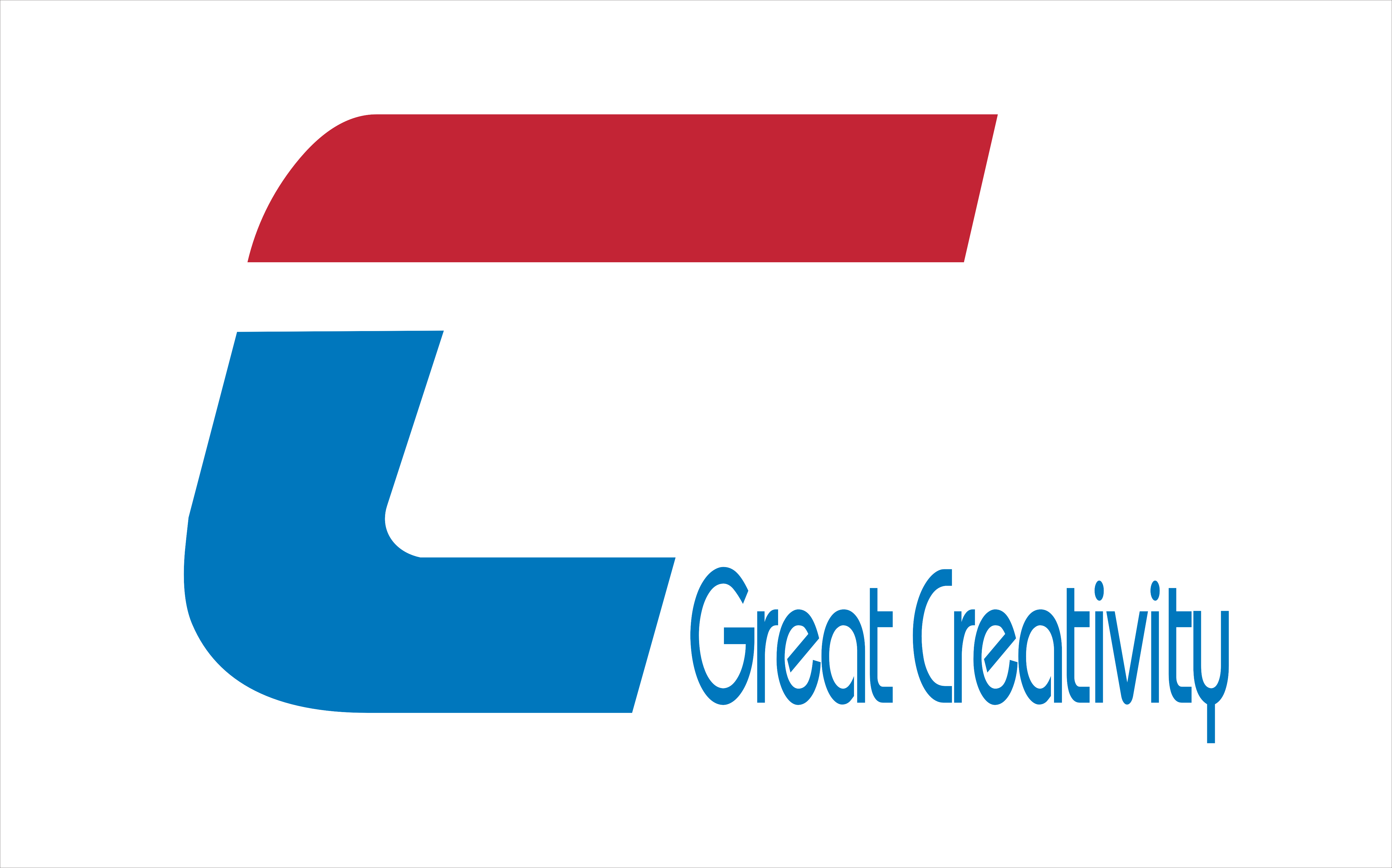
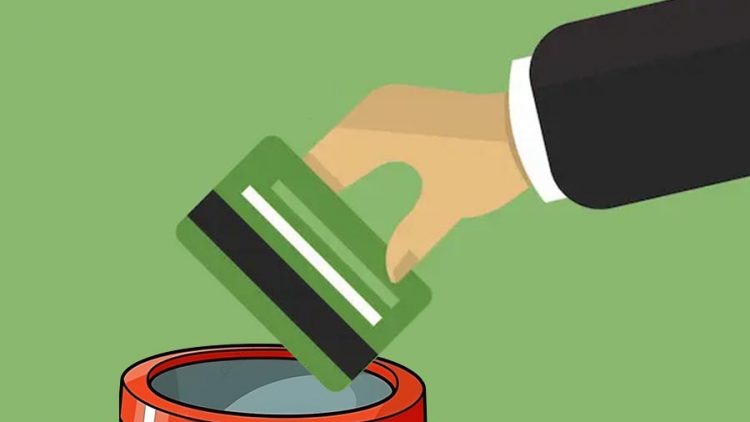


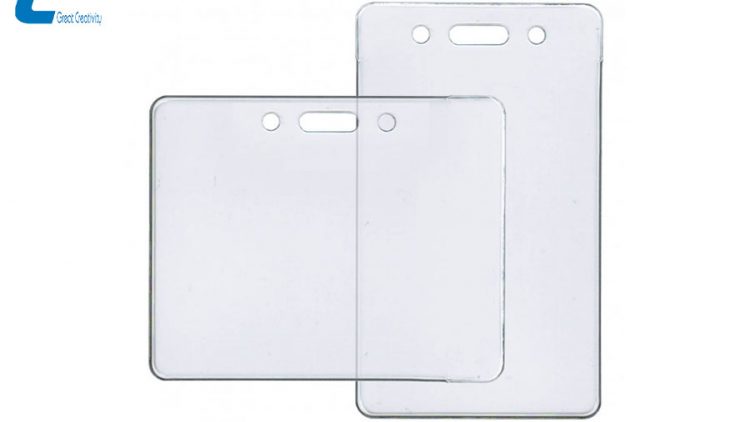
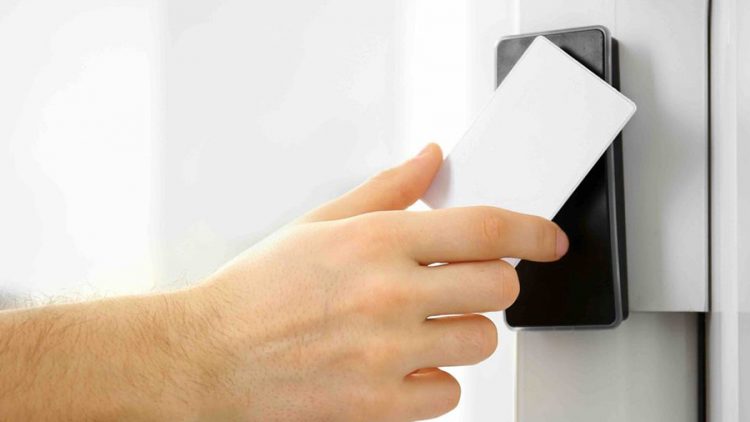
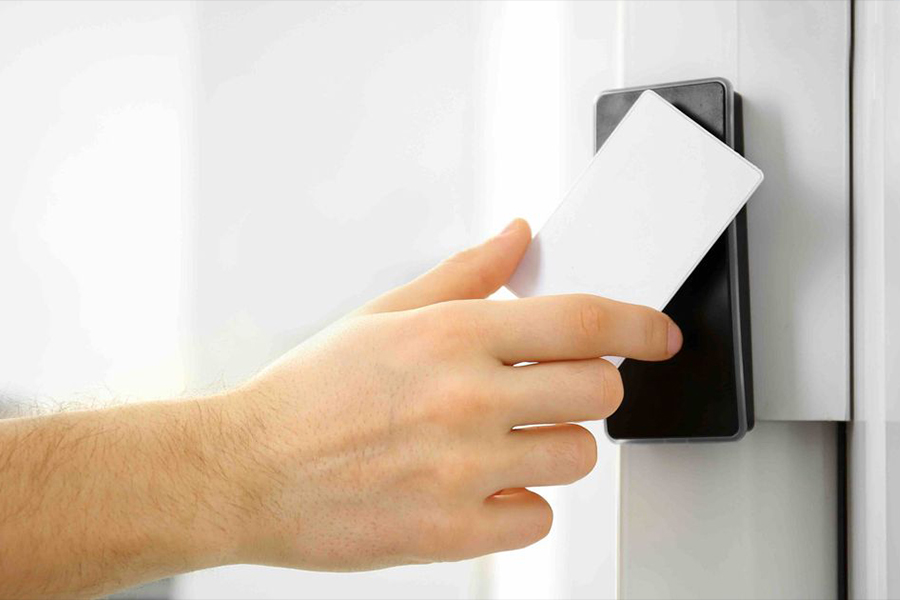
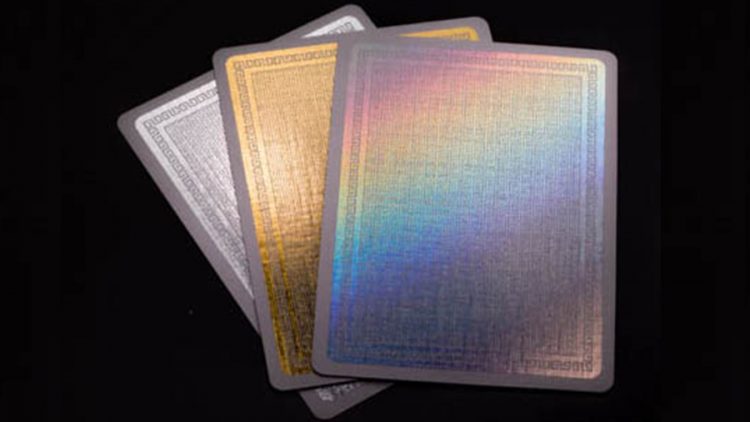
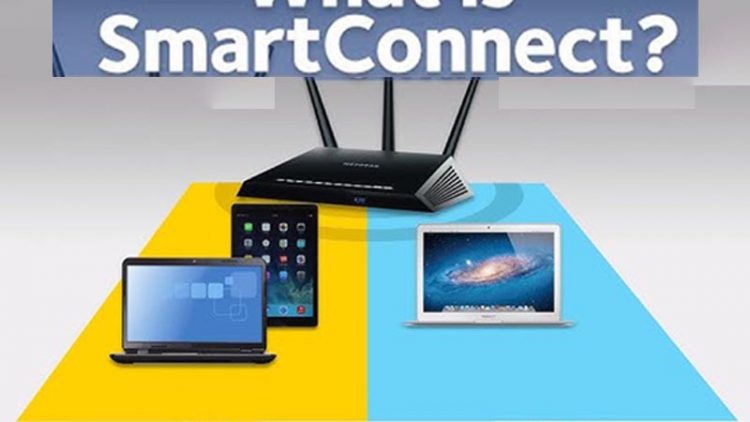
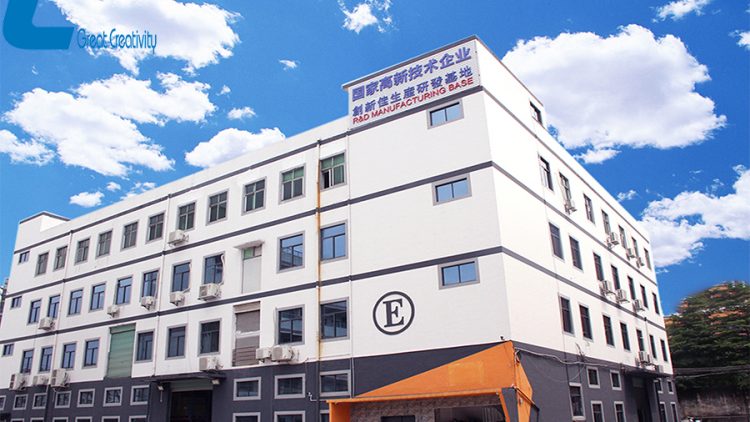
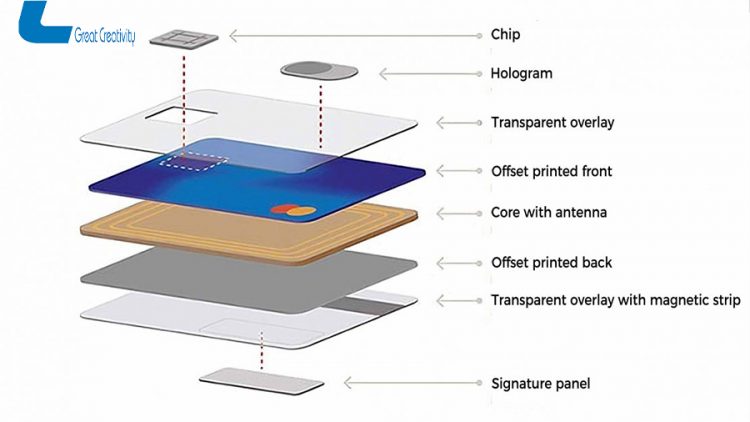
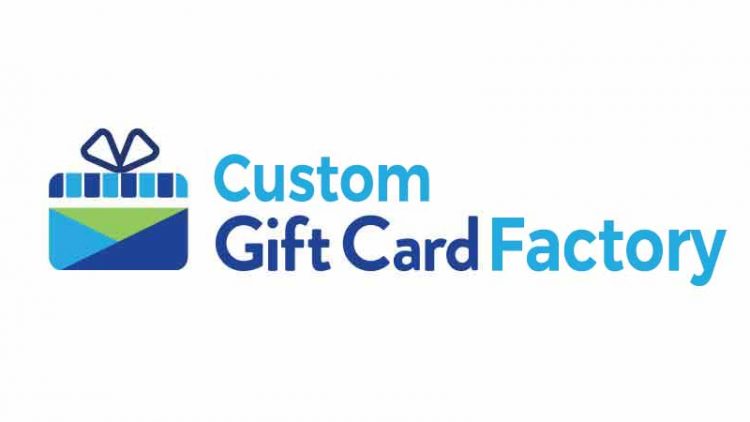
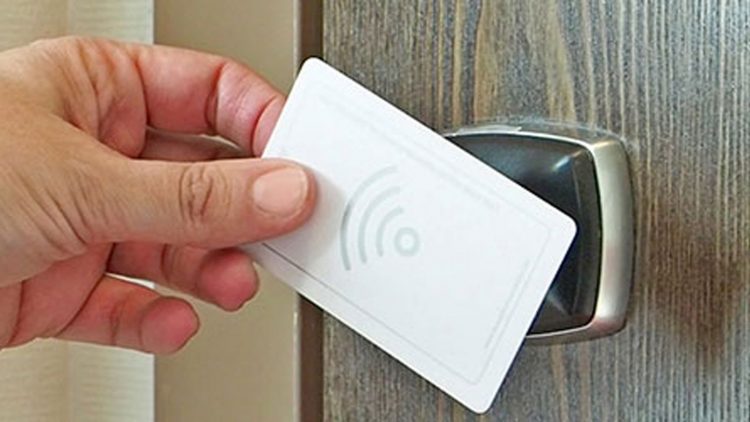
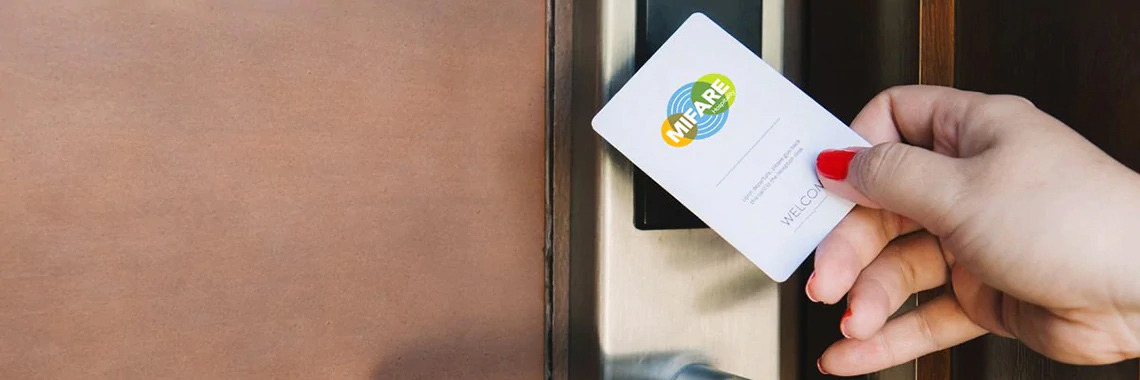
 Shelley
Shelley Nielsen
Nielsen